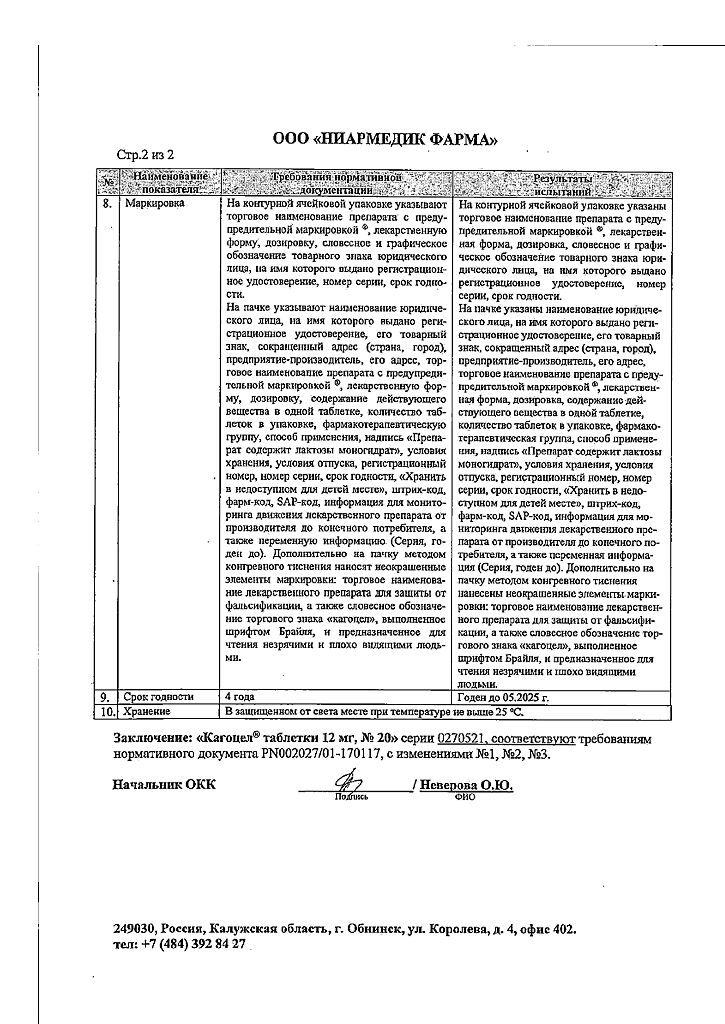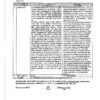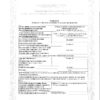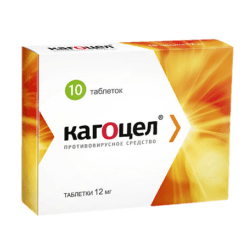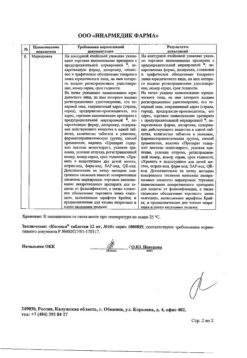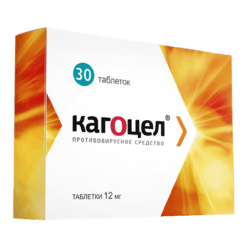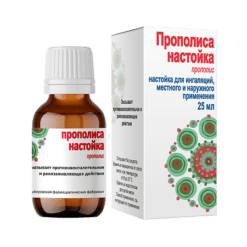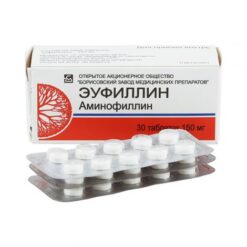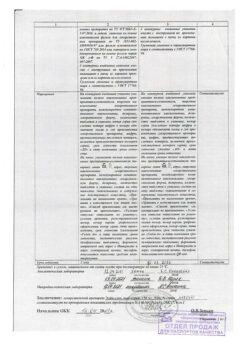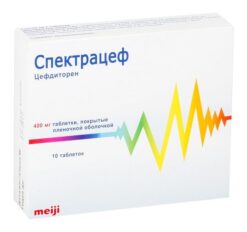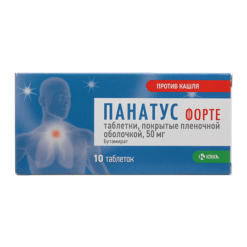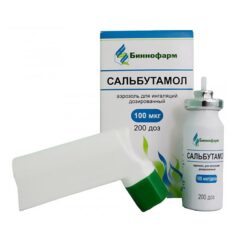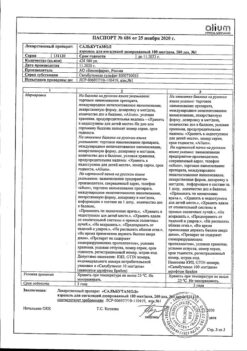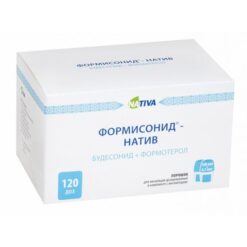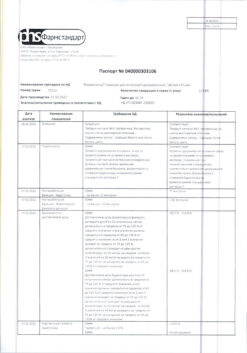No products in the cart.
Kagocel, tablets 12 mg 20 pcs
€14.86 €12.39
Description
The main mechanism of action of Kagocel® is the ability to induce production of interferons. Kagocel® induces formation in human body of so-called late interferons, which are mixture of α- and β-interferons with high antiviral activity.
Kagocel® causes production of interferons in all cell populations participating in antiviral response of the body: T- and B- lymphocytes, macrophages, granulocytes, fibroblasts, endothelial cells. After a single dose of Kagocel® administration interferon titer in blood serum reaches its maximum value in 48 hours.
Interferon response to Kagocel® administration is characterized by prolonged (up to 4-5 days) circulation of interferons in blood stream. The dynamics of interferon accumulation in the intestine when taking Kagocel® does not coincide with the dynamics of circulating interferon titers. In serum interferon production reaches high values only in 48 hours after Kagocel® administration, while in intestine maximum interferon production is observed in 4 hours.
Kagocel® is not toxic and does not accumulate in the body when administered in therapeutic doses. The drug has no mutagenic and teratogenic properties, is not carcinogenic and has no embryotoxic effect.
The highest effectiveness of Cagocel® treatment is achieved during the fourth day after the onset of acute infection. For preventive purposes the drug may be used at any time including immediately after contact with the infectious agent.
Pharmacokinetics
24 hours after administration Kagocel® accumulates mainly in liver, to a lesser degree in lungs, thymus, spleen, kidneys, lymph nodes. Low concentration is noted in adipose tissue, heart, muscles, testes, brain, blood plasma.
Low content of Kagocel® in brain is due to the high molecular weight of the drug that prevents its penetration through the blood-brain barrier. In blood plasma the drug is mainly in bound form.
With daily repeated administration of Kagocel® distribution varies over a wide range in all organs studied. Accumulation of the drug in spleen and lymph nodes is especially pronounced. When administered orally about 20% of the administered drug dose enters the general bloodstream.
Absorbed drug circulates in blood mainly in macromolecule-bound form: with lipids – 47%, with proteins – 37%. The unbound part of the drug is about 16%.
Evacuation
The drug is eliminated from the body mainly through the intestines: 88% of injected dose is eliminated from the body through 7 days after administration, including 90% – through the intestines and 10% – by kidneys. The drug is not detected in the exhaled air.
Additional information
| Shelf life | 4 years. After the expiration date indicated on the package, the drug should not be used. |
|---|---|
| Conditions of storage | In the dark place at a temperature not exceeding 25 C. Keep out of reach of children. |
| Manufacturer | Niarmedic Pharma, Russia |
| Medication form | pills |
| Brand | Niarmedic Pharma |
Other forms…
Related products
Buy Kagocel, tablets 12 mg 20 pcs with delivery to USA, UK, Europe and over 120 other countries.


